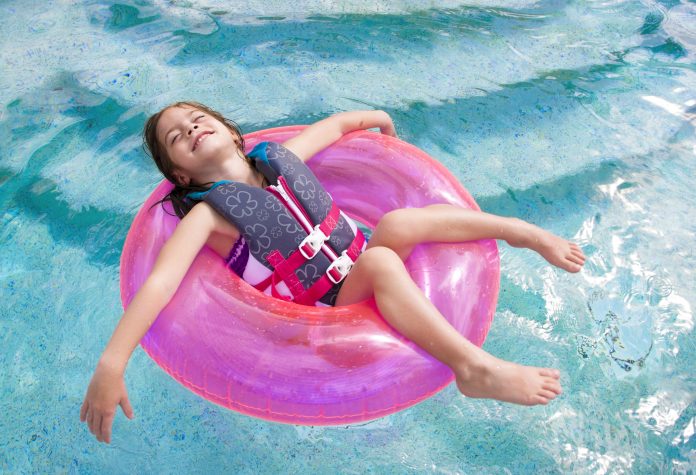Be Prepared for Summer Safety – Learn CPR

Photo: Shutterstock. Provided by the American Heart Association
HUDSON VALLEY – School is almost out and summer is finally here.
If your summer safety plan consists of stocking bandages, anti-bacterial spray and sunscreen, you might be missing an important lifesaving tool—CPR.
If a family member, friend or infant in your care had a cardiac emergency, could you recognize the signs and respond quickly and appropriately?
This summer season, the American Heart Association encourages families to be prepared for summer safety by learning cardiopulmonary resuscitation, or CPR. With the swimming season and hot weather upon us, people should be prepared to act in case of a medical emergency. Get summer safe and register for a CPR class at www.cpr.heart.org.
Accidents, choking and drowning are leading causes of death in children. Every day, about ten people die from unintentional drowning, according to the Centers for Disease Control (CDC). Of these, two out of the ten are children aged 14 or younger.
Drowning is the number one cause of unintentional death among children ages 1-4. The fatal drowning rate of African American children ages 5 to 14 is almost three times that of white children in the same age range. For children younger than 15 years old, more than two-thirds (68 percent) of the reported fatal drowning victims were boys.
What can you do to prevent drowning tragedies?
Closely monitor children near pools and bodies of water to prevent drowning. Children and beginner swimmers should take swimming lessons and never swim alone.
Install pool safety devices like isolation fencing, self-locking gates, and pool alarms—and use them all the time. Wear personal flotation devices (life jackets) while in, around, or on water, never swim alone, and avoid swimming or operating motorized watercraft while intoxicated to help prevent tragedies.
Learning CPR, compressions with breaths, can help save lives in cases of drowning. The AHA recommends that if you have a swimming pool, learn CPR.
CPR is also vital when sudden cardiac arrest – a leading cause of death in America – strikes without warning. Nearly 326,000 out-of-hospital sudden cardiac arrests (SCA) occur annually in the United States. According to the American Heart Association, 90 percent of people who suffer out-of-hospital cardiac arrests die. But CPR, especially if performed immediately, can double or triple a cardiac arrest victim’s chance of survival. Find a local Heartsaver CPR class at www.cpr.heart.org.
Since 2008, the American Heart Association has recommended that when you witness an adult or teen suddenly collapse to use Hands-Only CPR — CPR without breaths. Hands-Only CPR teaches basic steps: First, call 9-1-1 and then push hard and fast on the center of the chest until professional help or an AED arrives. By using Hands-Only CPR, bystanders can still act to improve the odds of survival, whether they are trained in conventional CPR or not. The AHA encourages everyone to view a one-minute Hands-Only CPR video at www.heart.org/handsonlycpr.
In certain emergencies, conventional CPR that includes mouth-to-mouth breathing may provide more benefit than Hands-Only CPR. The American Heart Association recommends CPR with a combination of breaths and compressions for:
All infants (up to age 1); children (up to puberty); anyone found already unconscious and not breathing normally; any victims of drowning, drug overdose, collapse due to breathing problems; or prolonged cardiac arrest. Get summer safe and register for a CPR class at www.cpr.heart.org.
The U.S. Consumer Product Safety Commission’s national public education campaign, Pool Safely, offers these safety tips:
- Never leave a child unattended in or near water.
- Teach children how to swim.
- Teach children to stay away from drains.
- Ensure all pools and spas – both in your backyard and any public pool you may visit – have compliant drain covers.
- Install proper barriers, locks, covers and alarms on and around your pool and spa.
- Know how to perform CPR on children and adults.
- Learn more at https://www.poolsafely.gov and take the Pool Safety Pledge.
More tips at http://www.nationalwatersafetymonth.org/water-safety-tips.
Story Credit: https://hudsonvalleynewsnetwork.com/2018/05/31/be-prepared-for-summer-safety-learn-cpr-2/


